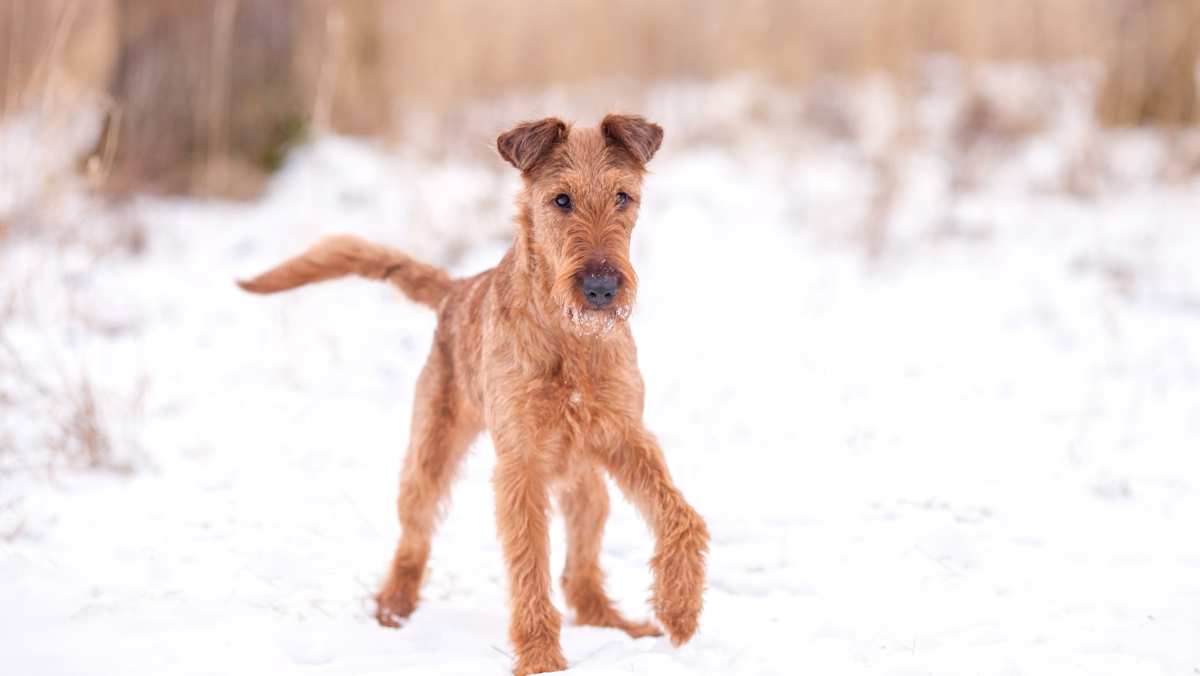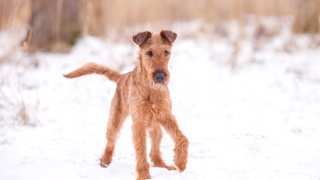Irish Terrier history may have its origin in the mid- to late-17th century, but as the first known records date to the 1870s, that tends to be the accepted period. In "The Dog," a widely respected 1872 book by Idstone (published by Cassell London), there was nothing about Irish Terriers. Early versions of the emergent breed were surely around before these dogs started appearing in dog shows, such as the 1873 exhibition in Dublin, but apparently not too long before this show.
Nevertheless, the Dublin dog show prompted a surge in national popularity for these dogs. By 1879, the Irish Terrier Club was founded in London by members from Belfast who had traveled to Dublin for the aforementioned show. A standard was drawn up, and throughout the 1870s, Irish Terriers became common at a great many shows throughout Great Britain. This newly established breed was seen in conformation in County Cork, Belfast, Glasgow, Bristol, Manchester, Wolverhampton, Trent, and the Kennel Club Show at Alexandra Palace.
As the end of the 19th century drew to a close, many more Irish Terrier clubs were founded. Several champions emerged as did a handful of books and magazine articles.
In the early 20th century, the Irish Terrier earned a new distinction in the rat-filled trenches of World War I. Along with being excellent vermin exterminators, the dogs were used as guards and messengers. They earned the nickname "dare-devils" for their red coats and bravery.
Sadly, this heroic reputation did not endure. The universal cruelty of the war had people demanding a new world. Most things associated with the war tended to be ignored or rejected. Many attempts to revive the breed's popularity failed. When World War II erupted, the dogs nearly died off. Some breeding stock survived, and the breed became popular in the USA during the 1920s, but there were few Irish Terriers remaining.




